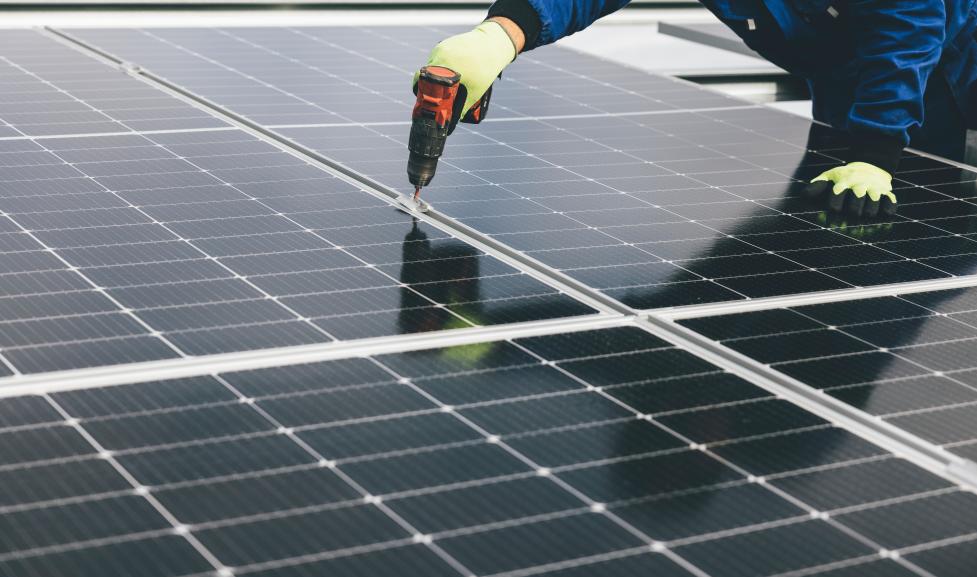While Net Zero Energy (NZE) can be defined several ways, in this context, it means:
The amount of renewable energy produced on site, plus the amount purchased from approved community energy systems, is equal to or greater than the annual energy use of the site.
This definition makes it possible for all buildings to become NZE even with poor solar access or other site constraints. Current conversations among experts and advocates at the national level have introduced alternative terminology, including terms such as “net zero carbon” and “net zero emissions.” City staff are engaged in these conversations and may propose updated terminology in future code updates.
The next step past NZE is net-zero carbon. There are two types of carbon emissions: operational carbon and embodied carbon. Energy codes address operational carbon by requiring efficiency upgrades that reduce emissions. Embodied carbon accounts for all the emissions created through the process of constructing a building and creating its parts. This includes the emissions created by extracting, processing and transporting building materials, like concrete and steel.
While the energy code focuses on operational emissions, some key components such as waste reduction, water efficiency and transportation are covered in applicable sections of the International Building Code, International Residential Code or other international codes.
